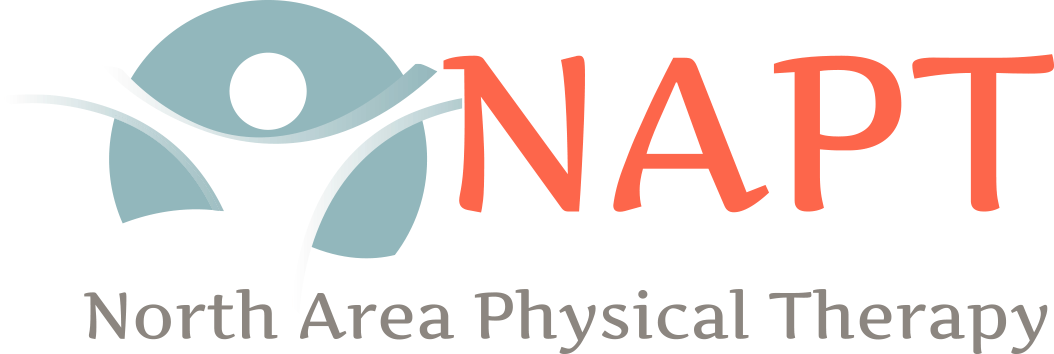Aqua Therapy (AT), also known as water therapy, consist of regimen of exercises that are done in the water for rehabilitation and/or treatment purposes. In the field of physical therapy, a specialized therapist may use the water as a means to help reduce the patient’s pain, swelling, or weakness, and increase functional mobility and balance.
Water has very unique characteristics that separates it from the land. In the water, one can experience buoyancy, hydrostatic pressure of water, and surface tension. These proprieties allow the patient to feel less pressure and therefore less pain in an injured area. Furthermore, water has been shown to have calming and soothing effects, and as a result assists with reducing stress and anxiety associated with chronic pain. Most patients feel that they can move and walk much easier in the pool and their conditions improves within a few weeks of AT.
In our clinic, wide spectrum of our patients use the pool. Low back pain, joint pain, post operative joint replacement, neck pain, shoulder pain, gait & balance dysfunction are among reasons that a physical therapist (PT) may recommend AT. The PT will demonstrate the appropriate exercises and will progress the patient as the conditions improves. Stretching, strengthening, aerobic activities, gait and balance are among the exercises performed in the pool. For best results, a combination of land based manual therapy, exercises, and AT is commonly recommended by a physical therapist.
A few contraindications to AT are; active diarrhea, active wound, feeling ill, or water phobia. Being a strong swimmer is NOT a requirement, as we stay in 4 feet of water heated between 88 and 92 degrees.
Kind Regards,
Ramona Lazar







